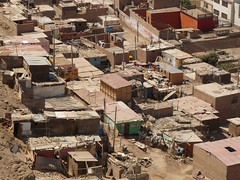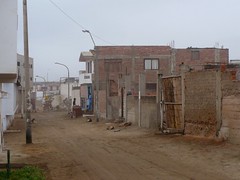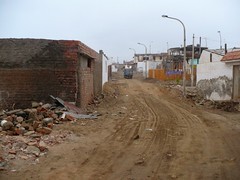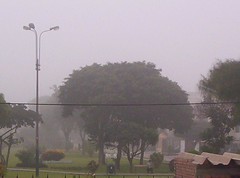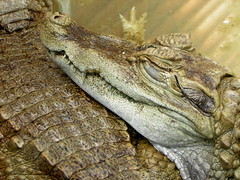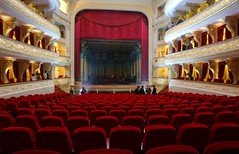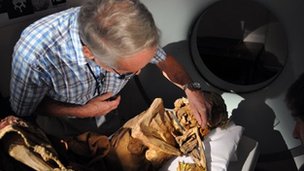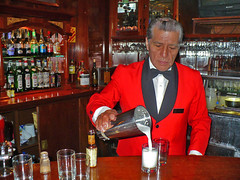Lima’s other side
Below the videos of Lima in 1944 from this previous post I explained how explosive growth in the decades that followed ruined Lima’s plans of steady growth, modernity and provision of public services. The disenfranchised rural poor, practically destitute, living off the allotments of their ancestors land now owned by the descendants of the Spanish colonisers, migrated en masse to the capital. In the 1980’s, to avoid the further poverty and death caused by the Shining Path and harsh military responses to their terrorist attacks, this migration only grew.
How did these people settle in Lima? Where?

|
The fertile green mountain valleys of the Andes were traded for the rocky desert wasteland that is the Peruvian desert coast. There were no homes for the new arrivals, nor land, nor money to buy either – so they had to invade.
It was these invasions, as they are called, that now make up the vast majority of Lima. On the outskirts of the city, people simply claimed the land as theirs and constructed their shacks. Later arrivals built their shacks a little further out, and yet newer arrivals built theirs yet further. As the years past the first arrivals were finally able to buy bricks and mortar. This process continued. People continued (and still continue) to build their houses on any scrap of land they could find north, east or south of the original city and the vast established slums. These slums expanded up the slopes of the Andean foothills and into every little nook and cranny.
Eventually, the city felt obligated to provide these people with running water and electricity, while trying not to attract more invaders. Programs were launched to provide municipal services, local Government, police forces and other basic needs. The costs of this are paid out of Lima and central Government funds, and the costs of providing free or cheap electricity and water is a burden felt by all those who have to pay the high charges.
Today, these slums are huge. Organised into city districts and fully integrated into Lima, large parts are now considered developed. In the north of Lima for example, where there were once shacks you’ll now find shopping centres, gyms and restaurants. The residents, accustomed to not paying tax, run informal or illegal businesses – so despite the huge amount of money that now exists here the roads are still dirty and potholed, there are no green parks and it can often be unsafe. Some consider Peru to have a huge problem with people who believe they don’t have to contribute to society, but society ought to provide them with all they need.
The vast majority of the slums though have roads that remain unpaved, and consist entirely of buildings that do not meet building codes and do not have permission.
The photos above show how Lima’s other side looks from the ground, but seeing it from the air is a different experience.
Photos –
Tags: ate, conos, invasiones, lima, poverty, pueblo joven, san juan de miraflores, villa el salvador


